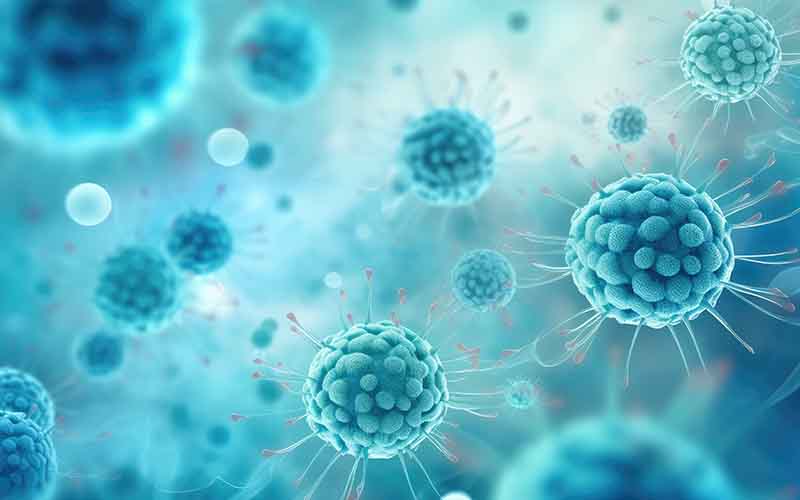When someone receives a cancer diagnosis, one of the first questions that arises is: “How do healthy cells become cancer cells?” Understanding this fundamental process can help patients and their families comprehend what’s happening in the body.
At its core, healthy cells turn cancerous when they experience specific genetic changes that cause the cell to become immortal. Instead of undergoing regular cellular death (apoptosis), these transformed cells continue to live indefinitely, no longer carrying out their normal functions and often impeding other cells from performing theirs. While some cancers have genetic predispositions, more often the genetic changes that make a cell cancerous are triggered by external factors such as exposure to chemicals, radiation, or lifestyle choices.
This article explains the process of how cancer cells form, what makes normal cells become cancerous, and factors that influence this transformation.



